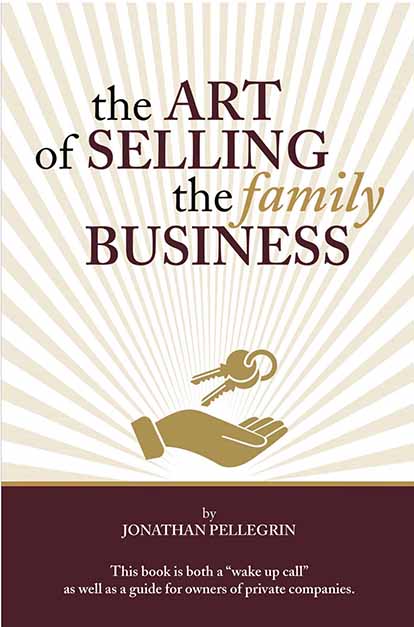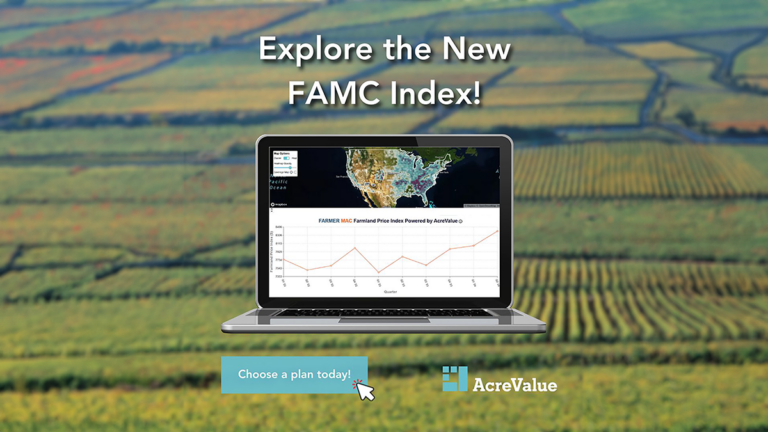We talk of failure if a family does not pass its business on to the next generation, but failure is losing a fortune. Some companies are not designed to go from generation to generation. – Jonathan Pellegrin

Born on the family farm in Illinois and the second-generation CEO of the company founded by his father, Jonathan Pellegrin knows first-hand what it takes to transition a successful family enterprise into a set of liquid assets with lasting multi-generational value.
And he knows the pitfalls of what it takes to make the risky pivot from owner to seller.
“When I was getting close to selling our business,” he says of his decision to sell the family’s Wisconsin-based magazine publishing group, “I realized that it was more than our family’s net worth. I didn’t want to screw it up.”
Pellegrin is the author of the recently published The Art of Selling the Family Business, born out of the experience of selling his own business and latterly an academic and advisory career that led him to the Institute for Management Development in Lausanne, Switzerland. It was there that he completed his doctorate dissertation about families that had navigated the process—successfully and unsuccessfully—of selling their family businesses.
“I have had the opportunity to see a lot of once-successful companies lose their way,” notes Pellegrin. “Suddenly they were gone, their value vaporized.”
Over 90 percent of businesses in the United States and throughout the world have been started by a pioneering founder, many of which are then passed down to younger generations to continue that stewardship. Yet some of these businesses are not equipped to survive the strains of multi-generational ownership.
“We talk of failure if a family does not pass its business on to the next generation,” cautions Pellegrin. “But failure is losing a fortune. Some companies are not designed to go from generation to generation.”
Pellegrin notes that there’s usually a trigger point indicating it’s time to sell, like changing circumstances due to family illness or death or shifting economic headwinds that put pressure on the bottom line.
But once that crossroads of recognition has been reached, there are some additional steps a family should take before leaning in to the business of actually selling the business. According to Pellegrin, here are the key three steps required of any family looking to sell their family business.

#1 What is the true value of your business?
It’s absolutely essential to get a professional, accurate valuation of the business from the outset.
“Is it worth burning the calories to go through the process?” Pellegrin says. “You have to know what the assets will be worth in order to replace any income you will be losing.”
This initial step will not only require an understanding of current market conditions and benchmarking against your competition, but also an appreciation of the true value of your business. Not the products you produce—or the emotional, familial connection to those products—but the actual dollars and cents contribution of your product line and current and future demand from your customers for those products.

#2 Are you—and your family—really ready to sell?
The decision to sell the family business may often be taken by the patriarch, say, or current CEO, but it’s a decision that requires input from multiple parties in order to succeed.
Some obstacles to a smooth transition, according to Pellegrin, may include an aging owner who is intellectually ready to sell but “wants to run the business to the grave.”
Everyone in the family involved in the business at all levels should be consulted on the decision to sell, too. Pellegrin notes the case of the Oscar Meyer Company sale that left fourth-generation family members out in the cold and resulted in years of bitter recriminations.
While everybody in the family chain may not agree with the sale, Pellegrin says, “Everybody at least needs to be on the same page with regards to what the family is deciding to do.”
Communication at this point is key.

#3 Do you fully understand the sales process?
Pellegrin is careful to note that selling any business is a complicated negotiation that may involve dealing with buyers and brokers who have far more experience acquiring companies than the individual seller. So with that in mind, it’s vital to know what you’re getting into.
The sales process will involve several phases including exploration and due diligence, decision-making, execution and the post-sale “aftershocks” (as Pellegrin terms it).
Beyond knowing the competitive market conditions, the seller will need the right team around him or her to build and negotiate the selling position.
“You need an A-team for this,” says Pellegrin, noting there’s no room for family sentimentality when it comes to negotiating the liquidation of what’s probably your family’s most important material asset. “You need to be ruthless with who you pick to run the sale.”
The sale of any family enterprise, be it a large legacy ranch or small family-owned farm machinery shop, brings with it a raft of complex financial, logistical and emotional hurdles. Approaching these with clear-eyed business objectivity as well as an impartial view of the priorities for the sale will help clear the way to a successful transition.
Or as Pellegrin notes through his own experiences as both an owner and a seller, “Companies don’t last forever. You should always be mindful about how much your company is worth.”
Visit Amazon.com to purchase a copy of Jonathan Pellegrin’s The Art of Selling the Family Business: Responsible Stewardship of Family Wealth.



